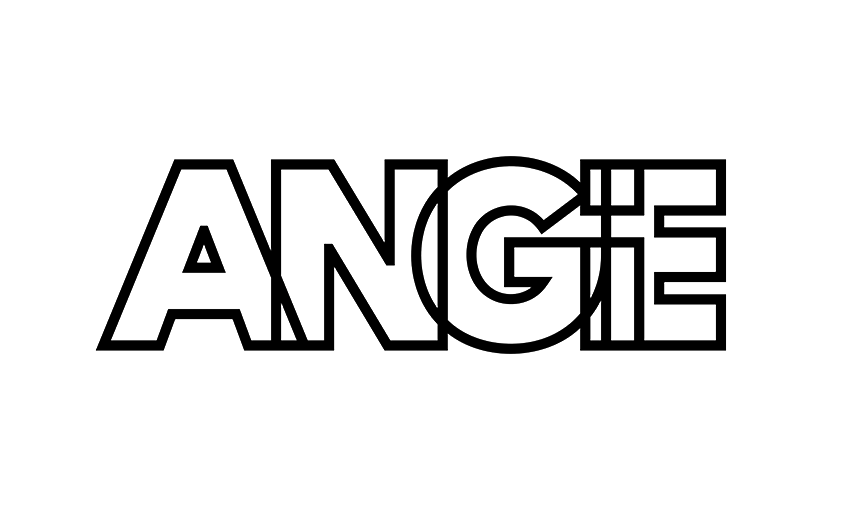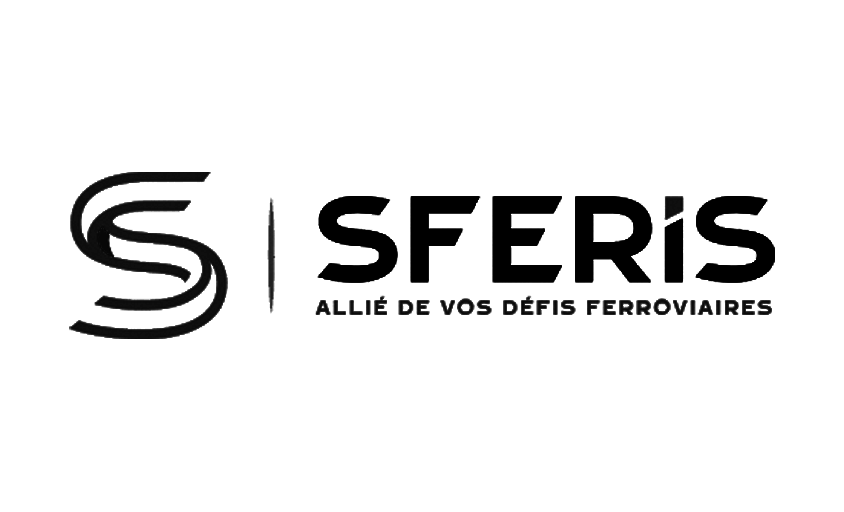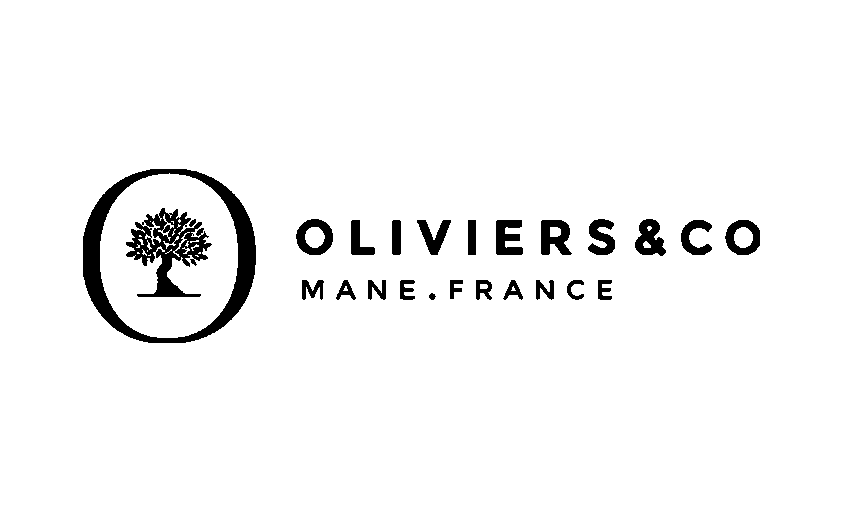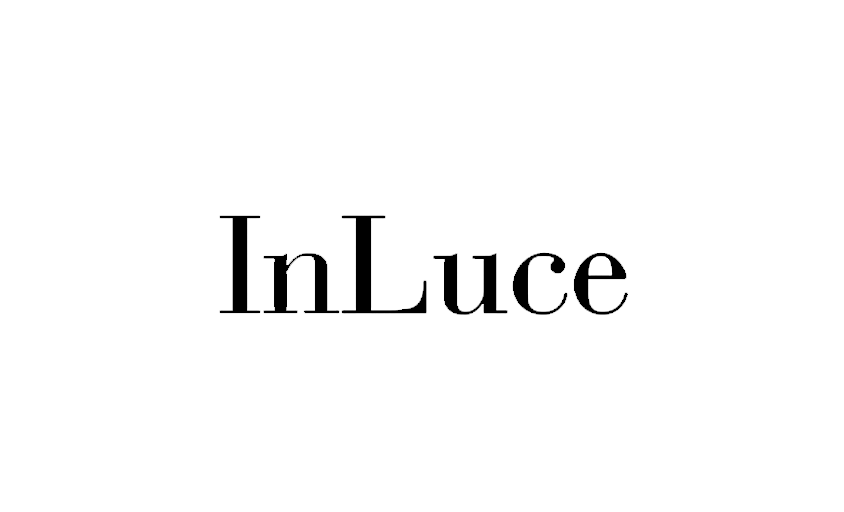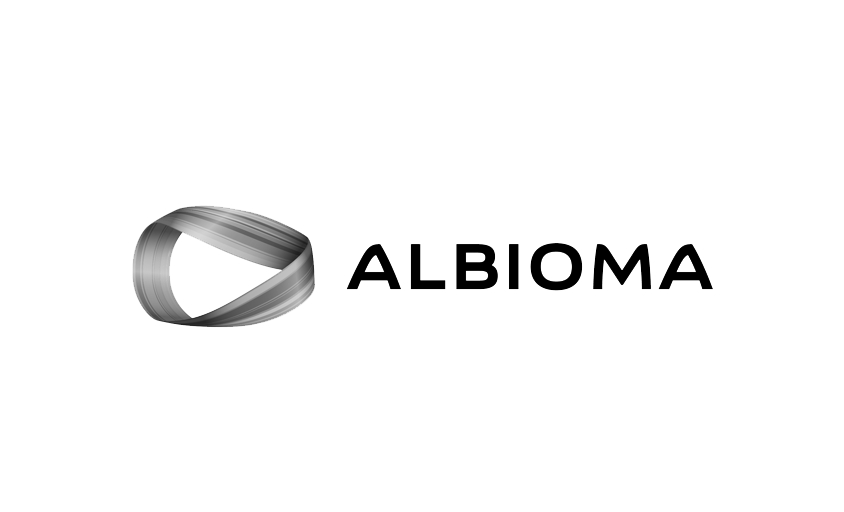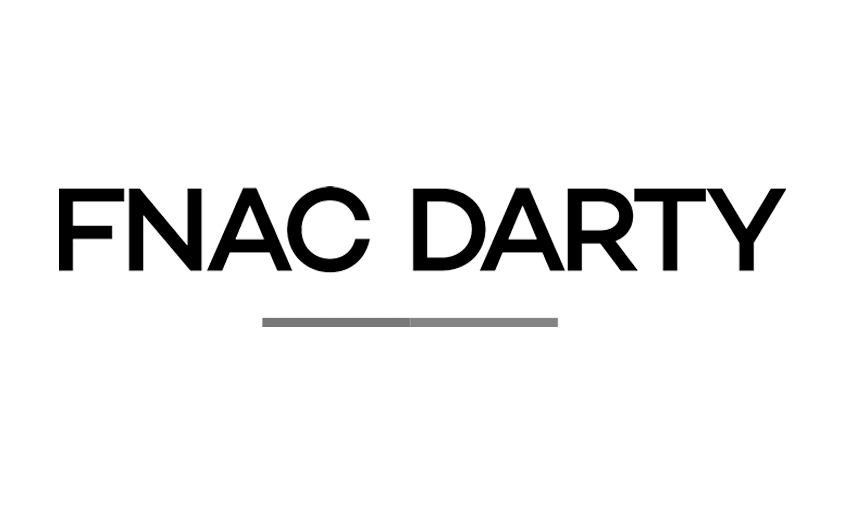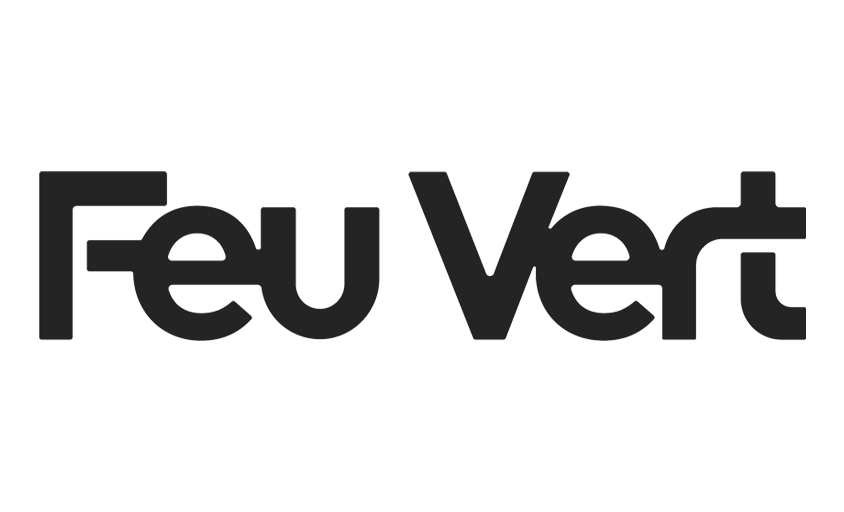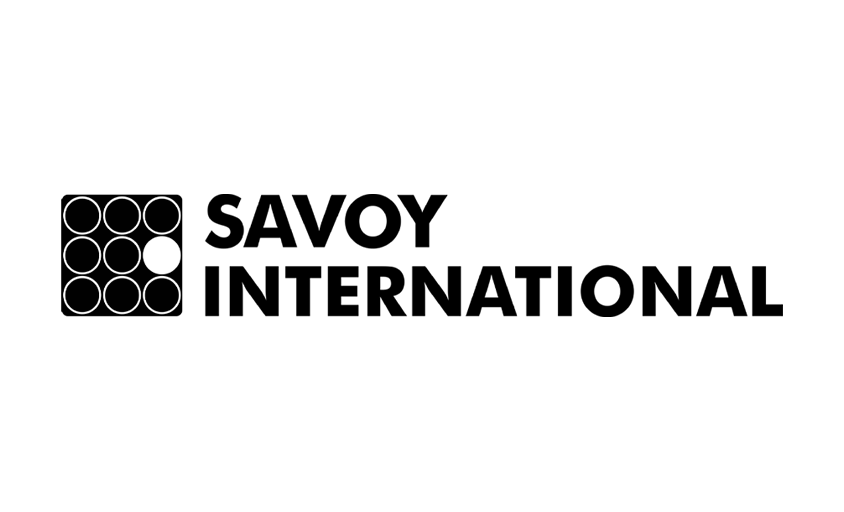Logo
In this article :
A logotype, more commonly known as a logo, is a specific graphic that serves as an emblem for a brand, company, or organization. It may include a distinctive symbol, an illustration, or consist of special typography that spells out the entity’s name in a unique and recognizable way. The logo is a key element of a brand’s visual identity, playing a crucial role in its communication and marketing strategy. Its goal is to create a lasting impression in the minds of the public, facilitating instant identification of the brand among its competitors.
Characteristics of an Effective Logotype
- Memorable: An effective logo should be easily remembered, allowing quick recognition of the brand.
- Simple: Simplicity in design ensures the logo remains understandable and effective across various media and sizes.
- Relevant: The design must reflect the essence of the brand, its values, and its industry, communicating the appropriate message to the target audience.
- Adaptable: A logo must be versatile, capable of maintaining its visual integrity across different formats, whether in black and white, color, digital, or print media.
- Unique: The uniqueness of the design ensures the logo stands out from competitors and establishes a strong brand identity.
Importance of the Logotype
- Brand Recognition: The logo acts as the face of the brand, helping consumers instantly recognize the products or services offered.
- Brand Consistency: As a constant element in all advertisements and communications, the logo helps maintain a consistent brand image.
- Trust and Professionalism: A well-designed logo conveys professionalism and credibility, building trust with the audience.
Logo Creation Process
- Creative Brief: Define the objectives, target audience, and brand values.
- Research and Inspiration: Analyze market trends, competitors, and seek inspiration.
- Sketching and Design: Develop concepts and sketch logo ideas.
- Review and Finalization: Select the strongest concept, revise according to feedback, and finalize the design.
- Deployment: Integrate the logo into all brand identity elements and communication materials.
Conclusion
The logotype is more than just a graphic element; it is the heart of a brand’s visual identity and a fundamental pillar of its communication strategy. A well-designed logo can transcend cultural and linguistic boundaries, making a brand a universally recognized symbol. In a world saturated with advertising messages, a distinctive and memorable logo is crucial to capture attention and build a lasting connection with the audience.
Jérémy Carlo is the editorial director at Rétines, where he ensures the consistency and clarity of all content produced by the studio.
Our Clients
Let’s discuss
What we do for you at Rétines
Meticulous work, an organised project and fast delivery. And to achieve this, we mobilise the right resources in our teams at the right time.
01
Pre-production
Artistic and technical direction tailored to the project.
Relevant recommendations on content, form and resources.
02
Photo Shooting
Photos taken by our experienced photographers.
Production that’s controlled, efficient and tailored to the needs of the project, with nothing superfluous.
03
Retouching
Technique
Photographs magnified by our retouching team.
Post-production to meet the commercial challenges of the brief.


